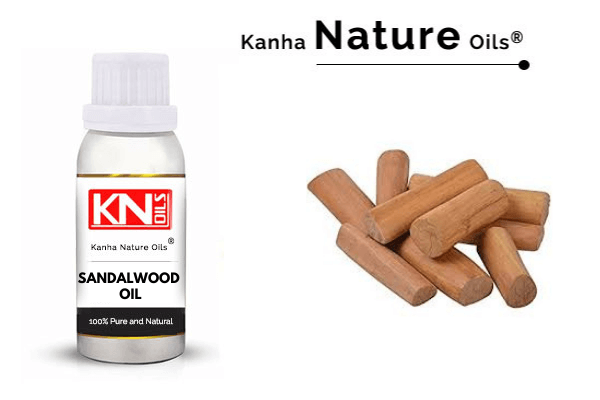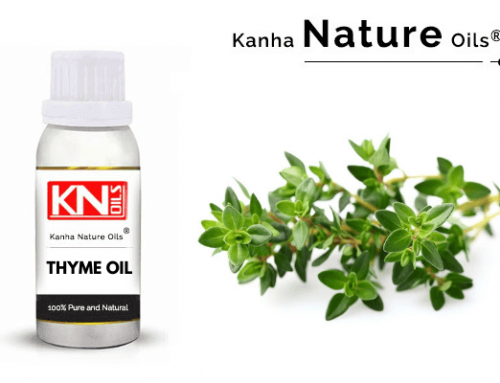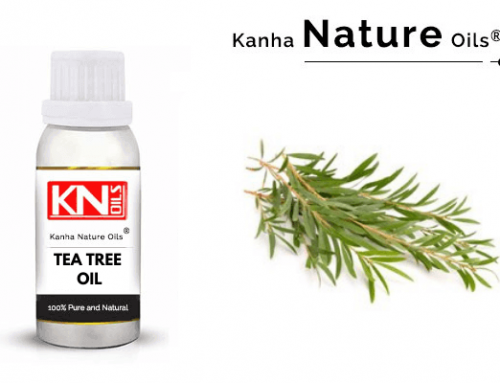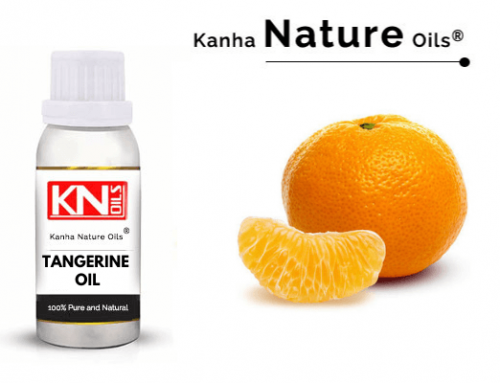SANDALWOOD OIL

- Botanical Name: Santalum album
- CAS No.: 8006-87-9
- FEMA Number: 3005
- Flash Point (°C): > 94
- Refractive Index: 1.5000 to 1.50700 at 27°C
- Specific gravity: 0.9635 to 0.9775 at 27 °C
- Optical Rotation (°): -20 to -15
- Color:Pale yellow
- Solubility: Soluble in alcohol & oils and insoluble in water
Description:
The evergreen sandalwood tree is native to India, Australia, and many regions around the Pacific and Eastern Indian Ocean, including New Caledonia, Indonesia, Vanuatu, Hawaii, and other Pacific Islands. In India, the Santalum album is distributed all over the country and more than 90% lies in Karnataka and Tamil Nadu covering about 9000 sq km.
Sandalwood trees belong to the family Santalaceae. It is an evergreen tree with a maximum height is 12 to 18 meters and 90 cm to 180 cm girth. Two species of sandalwood i.e. Indian sandalwood (Santalum album) and Australian sandalwood (Santalum spicatum) are prominent Sandalwood trees, other sandalwood in the genus are also have fragrant wood. These are found in India, Australia, Sri Lanka, Nepal, Bangladesh, Pakistan, Indonesia, Hawaii, China, and the Pacific Islands.
There are around 14 species of sandalwood; these are mentioned below with their country name:

Cultivation and Harvesting:
The Sandalwood trees are ready for harvesting after 30 years of cultivation. In India, it is distributed all over the country and more than 90% lies in Karnataka and Tamil Nadu.
Sandalwood trees can almost grow in every type of soil, climate, humid climatic conditions, well-drained soils, and temperature between 15° and 35°C. The red sandy loam soils are also suitable for the sandalwood tree. The pH of the soil should be between 6.0 to 7.5.
In sandalwood tree cultivation sowing mainly done by the seeds. Planting the sandalwood seedlings in 45 x 45 x 45 cm size of a pit. Fertilizers and irrigation are also needed from time to time.
Heartwood formation in sandal trees generally starts around 10-12 years of age. The value of heartwood is due to its oil content. Sandalwood tree grows well and matures after 30 years from planting, then harvesting of wood yields better oil.
In a tree, the essential oil content is highest in the root, next highest in the stem at ground level, and gradually decreases while going upward. Roots can give up to 7-10% oil while heartwood up to 3-5%. The oil is distilled from the wood of the entire tree including stump and roots.
The major constituents are α-santalol & β-Santalol. As per IS 329-2004 Specification of Sandalwood oil. The Sandalwood oil should contain 41 to 55 % α-Santalol and 16 to 24 % β–Santalol.
Odor profile:
Sweet woody balsamic
Major Constituents:
α-Santalol, β-Santalol, Nuciferol, Isovaleric aldehyde, Trans-Bergamotol, Santene, Santenone.
Application:
~ Sandalwood essential oil has been used in different therapies to cure different ailments: Moisturize and hydrate skin, Digestive problems, Muscular problems, Liver and gallbladder problems, Soothes skin and prevents irritation, Reduces appearance of acne, dry and aging skin, Laryngitis and Leucorrhea.
Aromatherapy:
Sandalwood is often used in aromatherapy for the treatment of common colds, bronchitis, fever, stress, urinary tract infections, removing stretch marks, dry skin, and inflammation.
WHY SHOULD YOU ASK
our latest catalog
We just want our customers to see how our industry prices are simple & best fit for them. For this you need to be updated from our side on daily basis. Ask our updated latest catalog with latest pricing. One more thing! our three fundamentals never change. We are committed with best price, purity & inhouse variety manufacturing. Want to know what they are? Find it here.




